Breeding & seed size
shaine-r
15 years ago
Related Stories

GARDENING FOR BUTTERFLIESA Quick-Start Guide to Bird-Watching for Fun and Learning
Set out some seed and grab your field guide. Bird-watching is an easy, entertaining and educational activity for the whole family
Full Story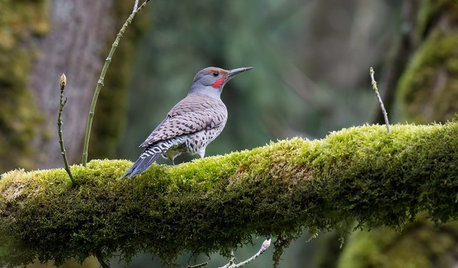
GARDENING GUIDESBackyard Birds: Healthy Home Habitats for Northern Flickers
These colorful woodpeckers found across the U.S. and Canada love berries, seeds and ants and often nest in deep burrows in trees
Full Story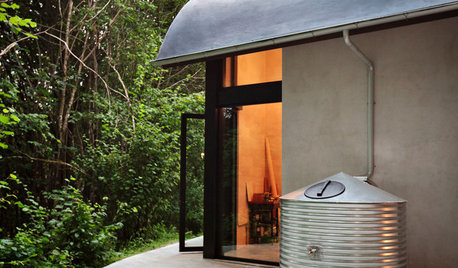
GARDENING GUIDESTexas Gardener's May Checklist
Be especially water wise this month as you sow seeds, tend to your lawn and plant edibles, grasses and flowers
Full Story
LANDSCAPE DESIGNIs It Time to Consider Fake Grass?
With more realistic-looking options than ever, synthetic turf can be a boon. Find the benefits and an installation how-to here
Full Story
GARDENING GUIDESHow to Find the Right Native Plants for Your Yard
Find plant maps, sale sites and guides that make going native in the garden easier than ever
Full Story
PETSSo You're Thinking About Getting a Dog
Prepare yourself for the realities of training, cost and the impact that lovable pooch might have on your house
Full Story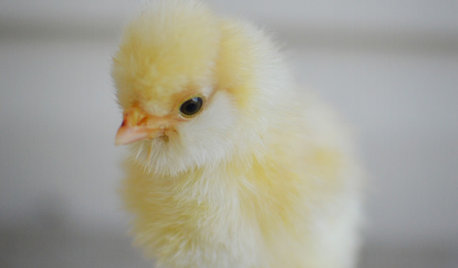
PETSWhat You Need to Know Before Buying Chicks
Ordering chicks for your backyard coop? Easy. But caring for them requires planning and foresight. Here's what to do
Full Story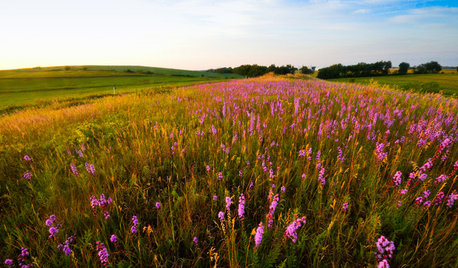
GARDENING GUIDESHelp Fuel the Monarch Migration With These 6 Prairie Plants
Try these nectar-rich beauties and help autumn monarchs
Full Story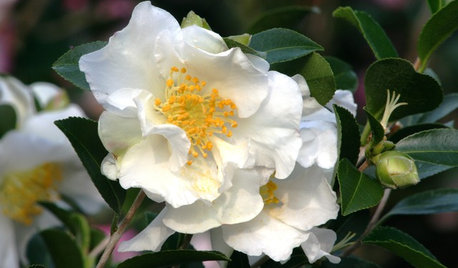
FLOWERSGreat Design Plant: Sasanqua Camellia
Pretty fall flowers belie this plant's hardworking nature and relative tough attitude toward disease
Full Story
GARDENING GUIDES8 Plants That Snobs Love to Hate — and You'll Love to Grow
Don't dismiss these common annuals, perennials and shrubs — there are reasons they've been popular for so long
Full StoryMore Discussions






kerry_t_australia
bromadams
Related Professionals
Maple Valley Landscape Architects & Landscape Designers · Franconia Landscape Architects & Landscape Designers · McKinney Landscape Contractors · Brownsville Landscape Contractors · Concord Landscape Contractors · Florham Park Landscape Contractors · Newnan Landscape Contractors · St. Louis Landscape Contractors · Gardena Fence Contractors · Hull Fence Contractors · Madison Fence Contractors · Newark Fence Contractors · River Edge Fence Contractors · Whitman Fence Contractors · Bethany Siding & ExteriorsLisaCLV
shaine-rOriginal Author
alibaba_2008
kerry_t_australia
alibaba_2008
bromadams